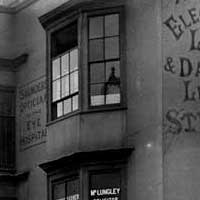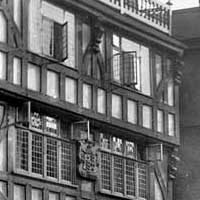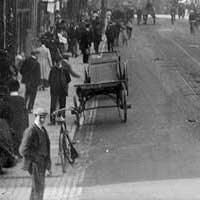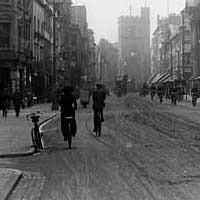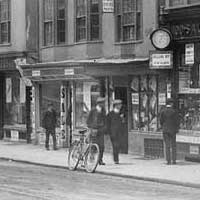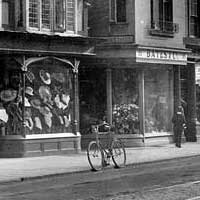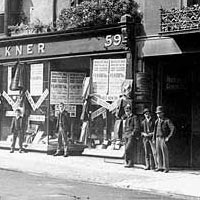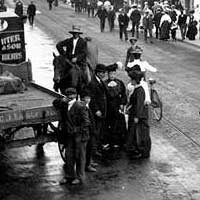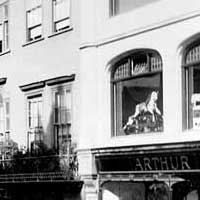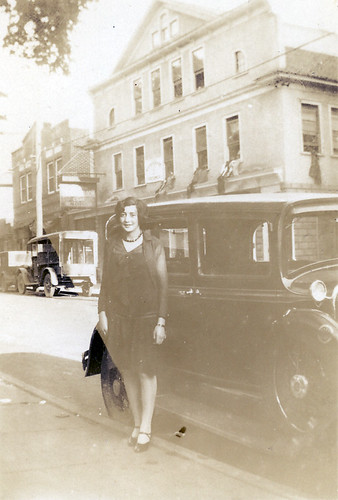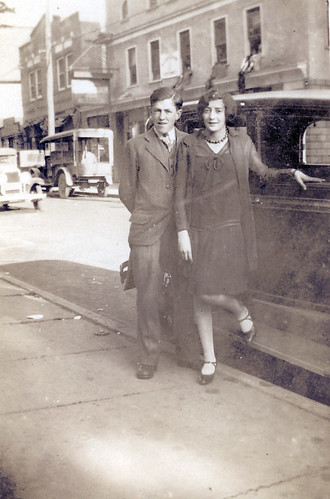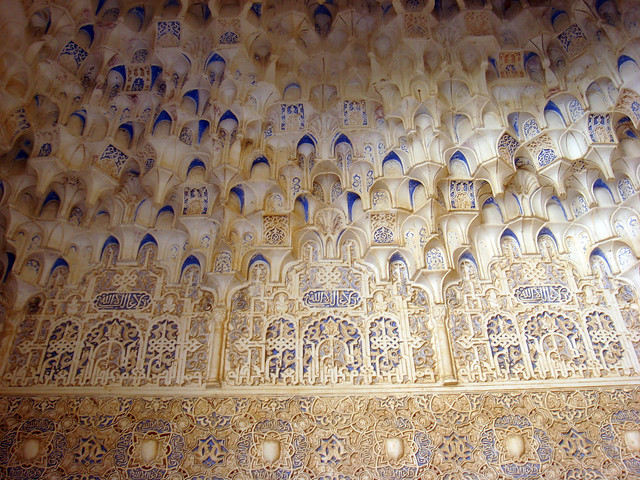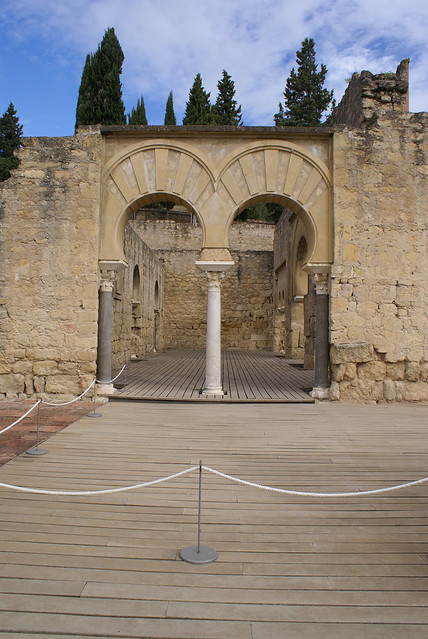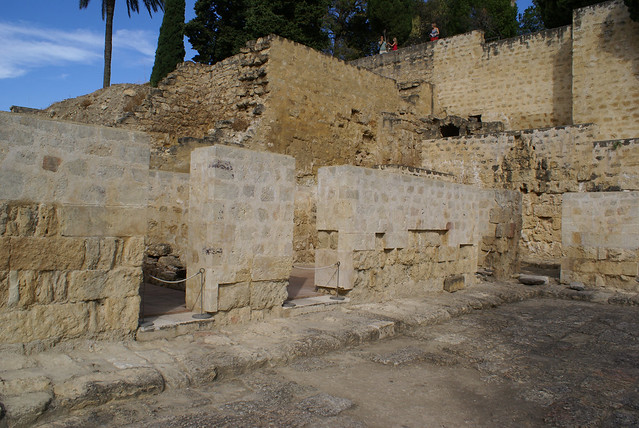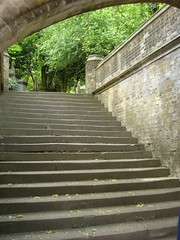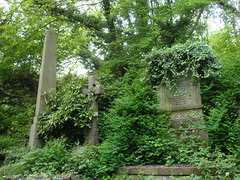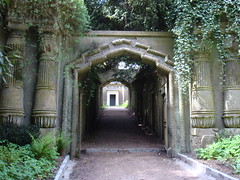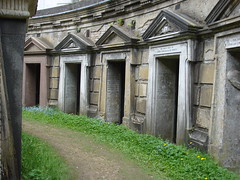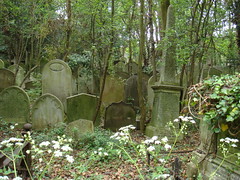Introduction
In Wales in 2008 I walked a path along which my great grandfather had walked every day from his home to the mines in which he worked. He died in 1929 (as a consequence of his work) and all I knew of him, before my visit, were what he looked like (from two photographs) and things my grandmother had told me. But on that path I felt I found him on a much deeper level. The feel of the wind, the way the clouds moved, the sound of the trees and the line of the horizon were all things he would have experienced in much the same way. It was as if these elements had combined to ‘remember’ him to me.
As a consequence of my walk, the line which linked us on my genealogical chart changed to become instead a path, for when I follow lines in my family tree from one ancestor to the next and find myself at the end, so that path in Wales had led to my being born. That path on which I walked for the very first time, was as much a part of who I was as my great grandfather: “places belong to our bodies and our bodies belong to these places.” [i]
Roads (paths, tracks and traces) have become an important part of my research and it was whilst reading Edward Thomas’ poem Roads that I found connections between what he had written and what I was thinking. I’ve reproduced the poem below, and where necessary added my thoughts.
Roads by Edward Thomas (1878-1917)
I love roads:
The goddesses that dwell
Far along invisible
Are my favourite gods.
Roads go on
While we forget, and are
Forgotten like a star
That shoots and is gone.
The reference to stars (or a star) in this verse, reminds me of a quote (to which I often refer) from Roland Barthes’ book Camera Lucida, in which he writes:
“From a real body, which was there, proceed radiations which ultimately touch me, who am here; the duration of the transmission is insignificant; the photograph of the missing being as Sontag says, will touch me like the delayed rays of a star. A sort of umbilical cord links the body of the photographed thing to my gaze – light though impalpable, is here a carnal medium, a skin I share with anyone who has been photographed.”
On this earth ’tis sure
We men have not made
Anything that doth fade
So soon, so long endure:
The hill road wet with rain
In the sun would not gleam
Like a winding stream
If we trod it not again.
They are lonely
While we sleep, lonelier
For lack of the traveller
Who is now a dream only.
From dawn’s twilight
And all the clouds like sheep
On the mountains of sleep
They wind into the night.
The next turn may reveal
Heaven: upon the crest
The close pine clump, at rest
And black, may Hell conceal.
Often footsore, never
Yet of the road I weary,
Though long and steep and dreary,
As it winds on for ever.
Helen of the roads,
The mountain ways of Wales
And the Mabinogion* tales
Is one of the true gods,
(*In the tale of Lludd and Lleuelys from the Mabinogion, you will find the following text: “Some time after that, Lludd had the island measured in length and breadth; the middle point was found to be in Oxford. There he had the earth dug up, and in that hole he put a vat full of the best mead that could be made, with a silk veil over the surface. He himself stood watch that night.” I discovered this passage whilst researching my Welsh ancestry, and being as I am from Oxford, found it rather appealing.)
Abiding in the trees,
The threes and fours so wise,
The larger companies,
That by the roadside be,
And beneath the rafter
Else uninhabited
Excepting by the dead;
And it is her laughter
At morn and night I hear
When the thrush cock sings
Bright irrelevant things,
And when the chanticleer
Calls back to their own night
Troops that make loneliness
With their light footsteps’ press,
As Helen’s own are light.
Now all roads lead to France
And heavy is the tread
Of the living; but the dead
Returning lightly dance:
Whatever the road bring
To me or take from me,
They keep me company
With their pattering,
Crowding the solitude
Of the loops over the downs,
Hushing the roar of towns
And their brief multitude.



